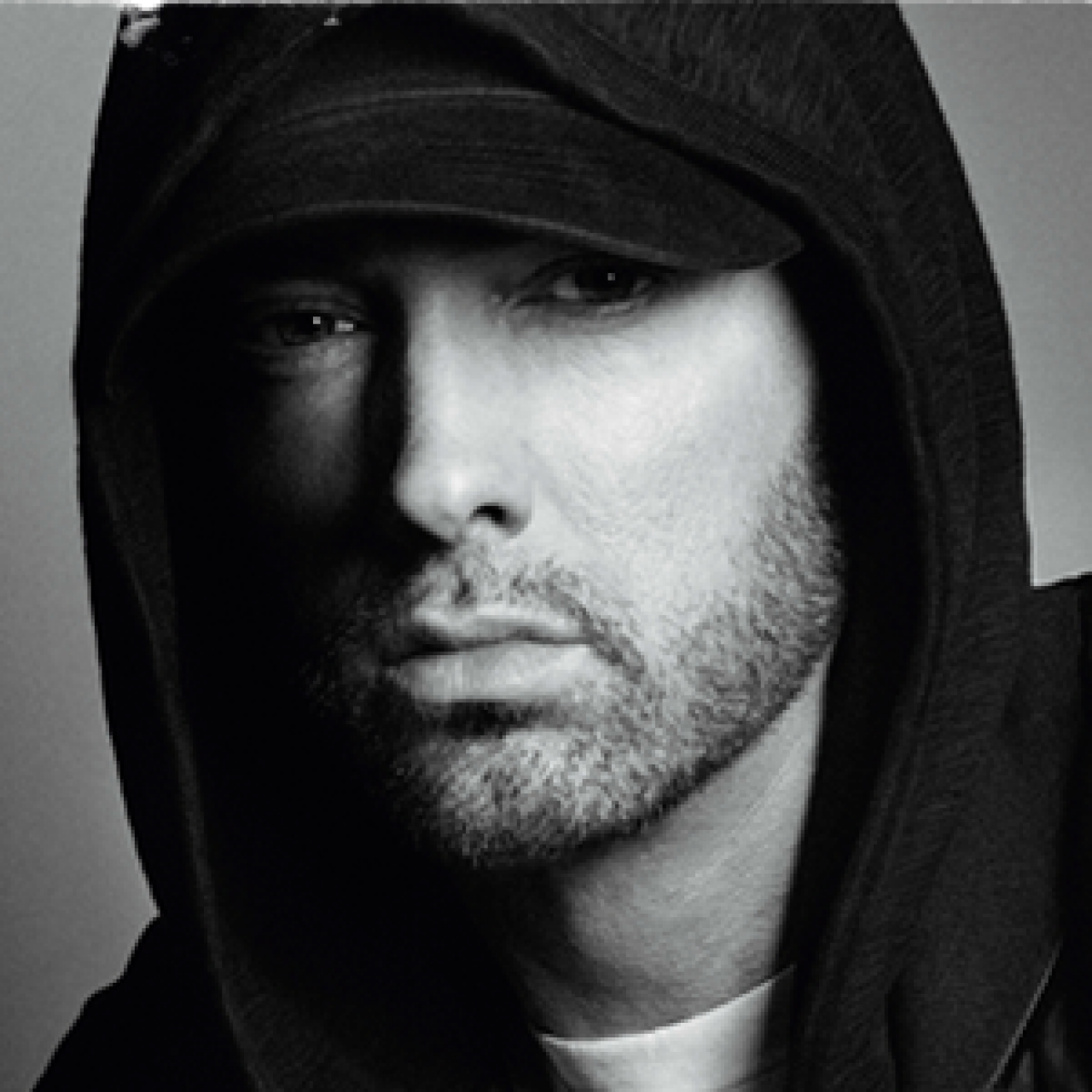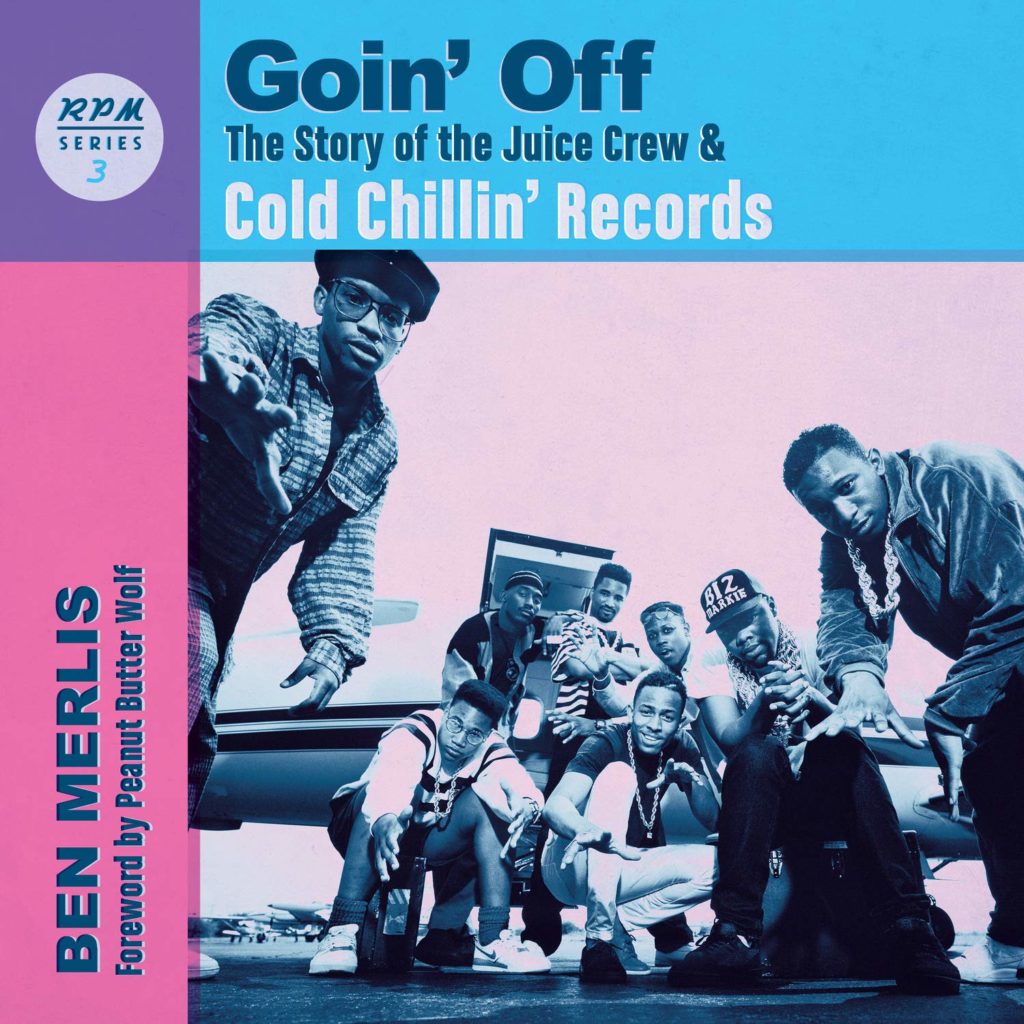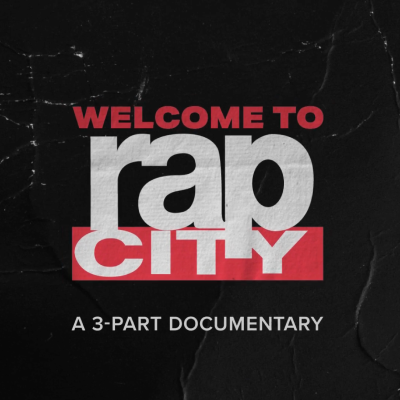
Rock & Rap’s Imperfect Hall
On May 4, the Rock & Roll Hall of Fame announced its latest inductees. There were two rap nominees: Eminem and A Tribe Called Quest; three if you want to include the rap-rock pioneers Rage Against the Machine. Only Eminem got in. This was entirely expected. Meanwhile, Sugar Hill Records co-founder Sylvia Robinson was posthumously given the Ahmut Ertegun Award for Lifetime Achievement.
Thirty-six years after it began inducting musicians, the Rock Hall has turned into the Academy Awards of popular music. It’s a necessary institution: yes, it’s important that a museum exists to honor the greatest performers of the second half of the 20th century and beyond. But its choices tend to be conservative, predictable, and reflective of pop ubiquity. It has never quite managed the transition between the 50s to the 70s, when rock and soul culture reached a peak; and the 80s and ensuing decades, when rock culture fragmented while pop and other forms of post-modern music ascended to global primacy. After weathering years of criticism for focusing on white male artists, the Rock Hall has made some gains in recognizing people of color and women. However, the canon is Eurocentric, and nearly all of the inductees hail from the United States, Canada, and Western Europe, primarily Britain. The Nigerian artist Fela Kuti has been a nominee for years without being voted in.
Artists qualify for induction 25 years after issuing their first recordings. When the eligibility period covered the 60s and 70s, the Rock Hall made room for influential yet low-selling rock heroes like the Ramones and the Stooges. That same diligence has not extended to important 80s and 90s post-punk, indie/alternative rock, dance, R&B and hip-hop acts. (One major exception is Grandmaster Flash & the Furious Five, who in 2007 became the first hip-hop inductee despite never scoring a gold or platinum hit.)
In regards to hip-hop, it seems like record sales and critical acclaim aren’t enough. An artist must achieve an opaque level of mainstream penetration to get in. (10 hip-hop acts have been admitted to date.) There’s no question that Eminem deserves entry. But OutKast have also sold tens of millions of albums. Wu-Tang Clan shifted popular culture in innumerable ways. Rakim is widely considered as the greatest rapper of all time. None of those three have ever been nominated. In a Vulture story describing two Rock Hall voters’ ballots, one voter asserted, “I just don’t think [Tribe] need to be in the Rock Hall. Hip-hop should have its own Hall of Fame or institution — it’s almost 50 years old now.”
It’s true that the hip-hop industry should have its own institution. (There have been several past attempts, from VH-1’s now-defunct Hip-Hop Honors to the long-suffering Hip-Hop Hall of Fame in New York.) Rightly or wrongly, artists and fans want one place where everyone, no matter the genre, is judged evenly on their artistic merits and commercial achievements. One could argue that the Rock Hall was never intended to be that place. Nevertheless, it has certainly capitalized and exploited its reputation as the only museum worth talking about. The Songwriters Hall of Fame annual banquets don’t garner national press coverage.
The era when a hip-hop-identified institution could mount and sustain a widely respected hall of fame arguably passed when The Source Awards collapsed in the early Aughts. There’s no telling if that opportunity will return. In the meantime, one can only dream of all the greats who will never be allowed in the Rock Hall, whether they deserve to be or not.
On the Shelf: Goin’ Off: The Story of the Juice Crew & Cold Chillin’ Records
Published in 2019, Ben Merlis’s book is a gossipy oral history of one of the most important crews in hip-hop. While it’s haphazardly edited and is missing some key interviews — Big Daddy Kane, Kool G Rap, Masta Ace and Craig G appear; Marley Marl, Roxanne Shanté, Biz Markie and MC Shan do not — it has enough gems and revelations to satisfy hardcore fans. There are some fascinating takeaways.
Marley Marl: According to several people interviewed, Marley Marl often took credit for beats he didn’t make. Big Daddy Kane claims that he produced everything on Long Live the Kane except for “I’ll Take You There,” “The Day You’re Mine,” and “Set It Off,” the latter which he and Mister Cee claim was produced by the 45 King, with scratches by Cutmaster Cool V). However, Marley Marl is officially credited with producing the entire album. “Marley was really the engineer,” claims Kane. He adds that problems with proper credits is the main reason why Cold Chillin’s top stars stopped working with Marley.
However, the truth may be more complicated. A prime example is “Ain’t No Half Steppin’,” which may be Kane’s most famous track. Kane got the base sample, The Emotions’ “Blind Alley,” from Biz Markie’s record collection. Cool V sampled the track for the demo. Then Kane gave additional elements, including tracks by Heatwave, ESG, and Monk Higgins to Marley Marl, who added his own effects as well. Mister Cee contributed scratches. An argument could be made that Marley Marl, Kane and Cool V produced the track together, not just Kane or Marley. (Long Live the Kane rightfully credits Mister Cee for his turntable work.)
Arguments over songwriting and production credit are as old as the music industry itself, and most of the great hip-hop producers have been criticized for not properly sourcing their work. At the very least, the accusations give new context to Marley’s pioneering career.
Unexpected influences: Big Daddy Kane refers to Brooklyn group Divine Sounds, who are best known for the electro message rap “What People Do for Money,” as “street heroes.” Kool G Rap says he was influenced by Silver Fox, a rapper from the Fantasy Three, who scored modest club hits in 1983 with their 12-inches “Biters in the City” and “It’s Your Rock.”
Grand Daddy I.U. vs. GZA: Grand Daddy I.U. claims that one of the GZA’s lines on Wu-Tang Clan’s “Protect Ya Neck” is aimed at him: “But he don’t know the meaning of dope/When he’s looking for a suit-and-tie rap that’s cleaner than a bar of soap.” Grand Daddy I.U. was known for wearing suits and ties. GZA, he believes, was jealous because he got more promotional resources while the two were at Cold Chillin’. “I seen him after, and we talked about it,” I.U. adds. It’s unclear if GZA has ever publicly confirmed this story.
Masta Ace: In the book, Masta Ace describes how he angrily threatened Len Fichtelberg at the Cold Chillin’ offices after the latter lowballed him with a $12,500 advance for his debut album, Take a Look Around. (He says Kool G Rap and Big Daddy Kane got $25k for their debuts.) Masta Ace’s muscle during the confrontation? Martell “Outloud” Ellis from Blahzay Blahzay and Jeru the Damaja. The meeting took place in 1989 or 1990, so Outloud and Jeru were years away from their commercial breakthroughs.
Biz Markie: On the cover art for Biz Markie’s All Samples Cleared!, the Cold Chillin’ contract “lawyer” Cool V hands to “judge” Biz Markie is printed with the acronym “FGOS”: Fuck Gilbert O’Sullivan.
Ranked: Twelve Great Roxanne Shanté Songs
- Roxanne Shanté, “The Def Fresh Crew” (1986)
- Roxanne Shanté, “Have a Nice Day” (1987)
- Roxanne Shanté, “Roxanne’s Revenge” (1984)
- Roxanne Shanté, “Runaway” (1985)
- Juice Crew All Stars, “Juice Crew All Stars” (1987)
- Roxanne Shanté, “Freestyle Live” (1987)
- Roxanne Shanté, “Pay Back” (1987)
- Marley Marl featuring Roxanne Shanté, “Wack It” (1988)
- Roxanne Shanté, “Bite This” (1985)
- Roxanne Shanté, “Queen of Rox (Shanté Rock On)” (1985)
- Roxanne Shanté, “Independent Woman” (1989)
- Frankie Cutlass, “The Cypher Part III” (1996)
(rankings subject to change)

Cover Art Gems: Chill Rob G, Empires Crumble
A photograph of an African youth in the setting sun evokes hope for a brighter day. Note the Public Enemy-styled text at the bottom. The album — the first in 12 years from a rapper best known for the 1989 golden age classic Ride the Rhythm — was released in conjunction with Chuck D’s SpitSlam imprint. Photo by Tobin Jones.
New Rap: April 2022
This list of new albums released in April 2022 is simply that: a list. It’s not exhaustive, and doesn’t reflect the albums I liked this month, or even the ones I listened to — although I have listened to a few. Instead, it simply collects the titles that interest me and which I may explore further. Although I admit that’s essentially a judgement call, there may be plenty of things I should have included. It’s very likely I will need a “late pass” for titles that I missed. I reviewed a handful of titles for various publications. In those cases, I added hyperlinks.
- DJ Drama & Dreamville Presents, D-Day: A Gangsta Grillz Mixtape
- Sadistik x Kno, Bring Me Back When the World Is Cured
- 42 Dugg & EST Gee, Last Ones Left
- Fivio Foreign, B.I.B.L.E.
- Vince Staples, Ramona Park Broke My Heart
- Coi Leray, Trendsetter
- Wiz Khalifa, Big K.R.I.T., Smoke DZA and Girl Talk, Full Court Press
- Billy Woods, Aethiopes
- Lyrics Born, Mobile Homies: Season 1
- Randal Bravery & Joshua Virtue, Spectacular!!
- Eshu Tune (Hannibal Burress), Eshu Tune
- Defcee, For All Debts Public and Private
- Redveil, Learning to Swim
- Collective Efforts, The Long Way Home
- Czarface, Czarmageddon
- Pusha T, It’s Almost Dry
- Taylor Bennett, Coming of Age
- Unexplained Aerial Phenomenon, Casual Abductions
- Action Bronson, Cocodrillo Turbo
- Dälek, Precipice
- Future, I Never Liked You
- Fatlip & Blu, Live from the End of the World
Originally published on criticalminded.com. This post has been updated.
Humthrush.com will always be free to read and enjoy. If you like my work, leave a tip at Ko-fi.com/humthrush.



